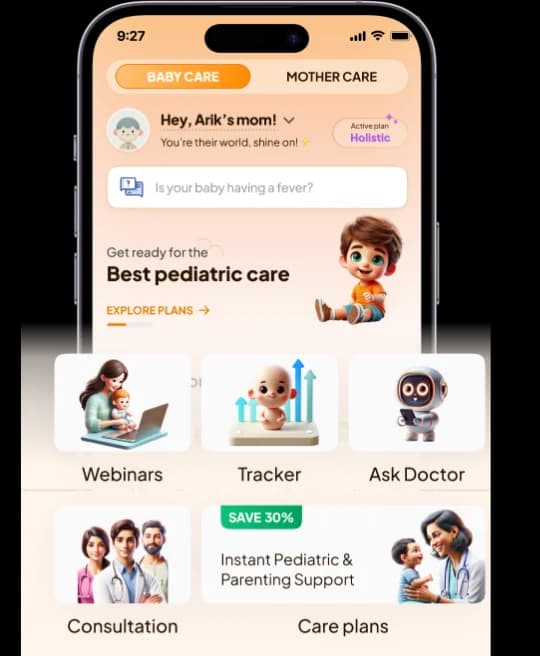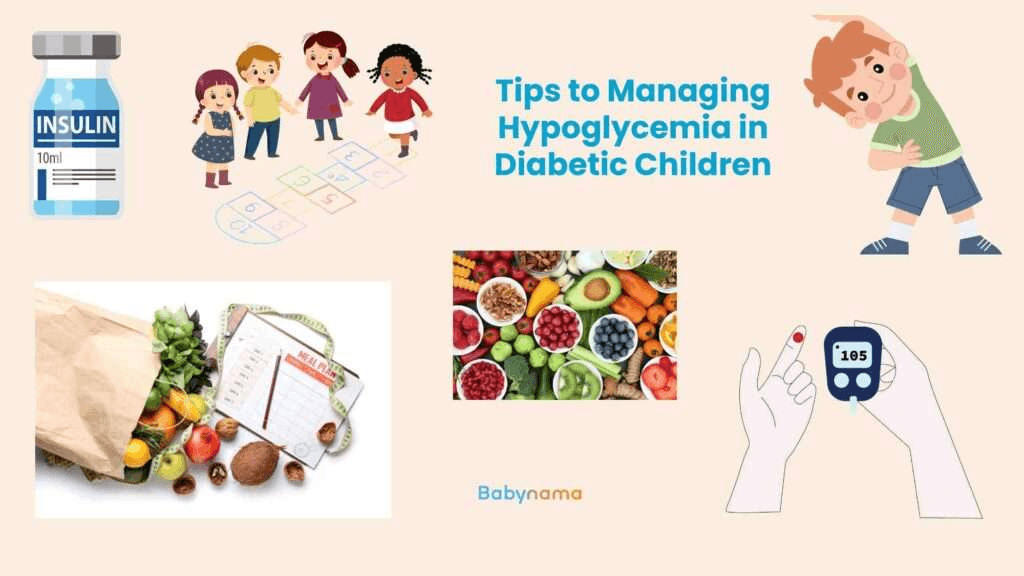
As a parent, you may wonder why your child needs omega-3 fatty acids. Omega-3 fatty acids are essential nutrients that play an important role in children’s growth and development. They cannot be produced by the body and must be obtained through diet. In this article, we’ll explore what omega-3s are, their benefits for children, potential side effects, good food sources, and recommended daily intake.
What is Omega-3 Fatty Acid?
Omega-3 fatty acids are a type of polyunsaturated fat that includes EPA (eicosapentaenoic acid), DHA (docosahexaenoic acid), and ALA (alpha-linolenic acid). EPA and DHA are primarily found in fish and other seafood, while ALA is found in plant-based sources such as nuts, seeds, and vegetable oils.
Benefits of Omega-3 Fatty Acids for Kids
1. Promote Brain Health and Development:
Omega-3s play a crucial role in brain development and function. They help improve memory, cognitive function, and attention in children.
2. Healthy Heart:
Omega-3s help maintain a healthy heart by reducing inflammation, lowering triglycerides, and reducing the risk of heart disease.
3. Improve Behavior:
Omega-3s may improve behavior in children by increasing their ability to learn and reducing anxiety, depression, and aggression.
4. Improve Concentration:
High levels of omega-3 fatty acids in the blood have been associated with better concentration in children.
5. Improve Eye Health:
DHA is a primary structural component of the retina and is important for healthy vision in children.
6. Improve Risk Factors of Asthma:
Omega-3s may help reduce the risk of asthma in children by reducing airway inflammation and improving lung function.






